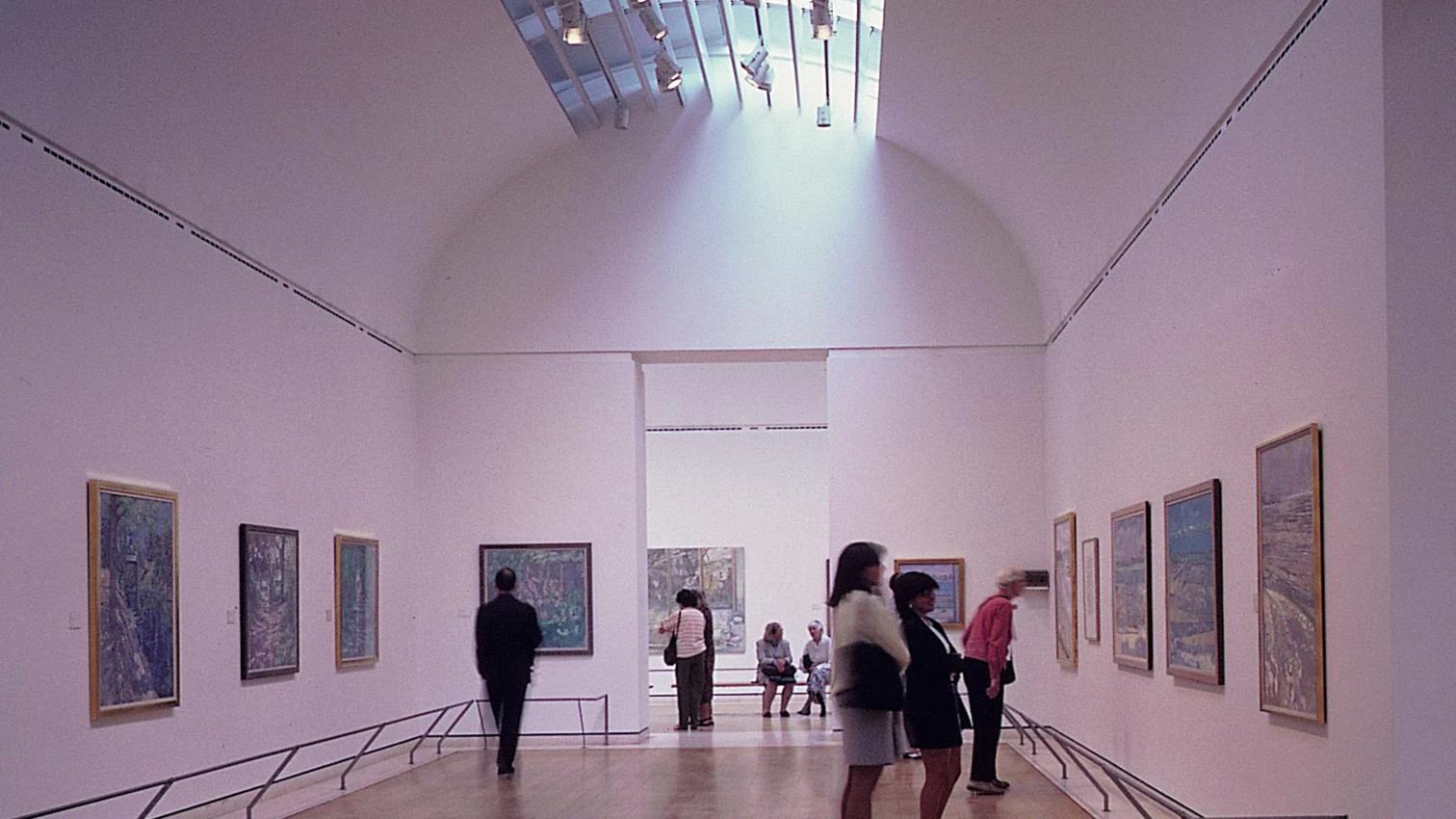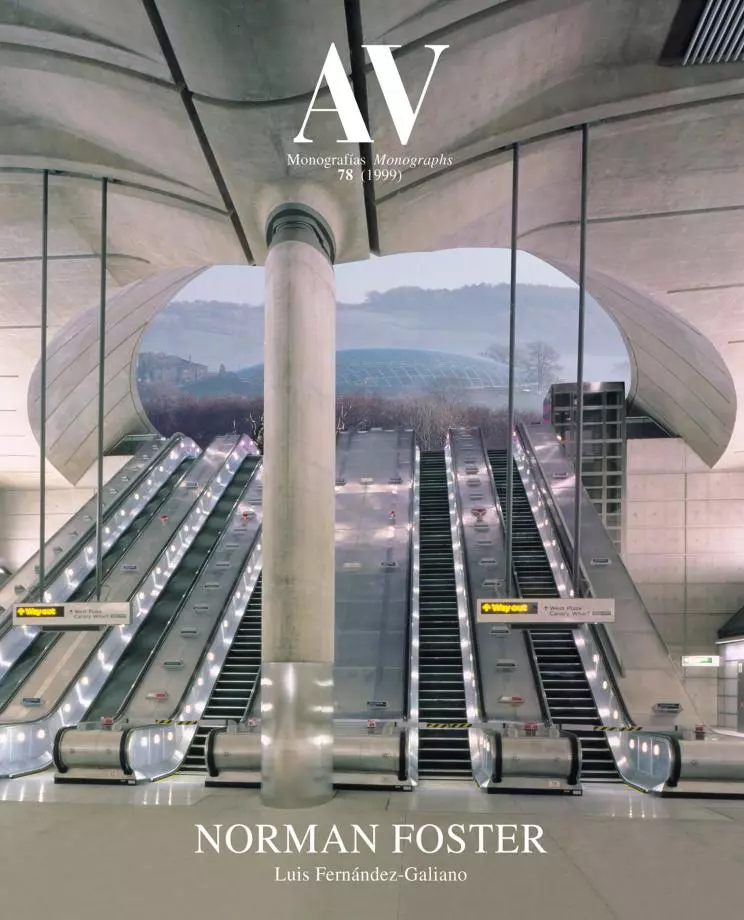Understanding the Past: Sackler and the Layers of Memory

Elected to the Royal Academy in 1983, two years later Foster was commissioned to improve the exhibition galleries on top of Burlington House. Although limited in scope, this project was deeply significant for the importance of the institution involved and its building, a 17th century structure enlarged and reformed since by architects like Samuel Ware, Sydney Smirke and Norman Shaw. Foster added his name to this list with a delicate intervention that not only rebuilt the Diploma Galleries – renamed Sackler after the sponsor –, but also created a new access which included a sculpture promenade. Whereas the galleries were almost plain in their vaulted top lit exquisite simplicity, the access required the clearing of the gap between the original building and the 19th century extension, exposing the historical facades and locating in the crack a glazed staircase and lift. Foster’s first public commission in London, this silent intervention gave him a credibility with the heritage lobby that would open the door to the remodeling of landmarks like the German Reichstag or the British Museum; and the simultaneous opening in 1991 of Venturi’s Sainsbury Wing allowed the comparison of postmodern playful irony with modern critical respect of the layered memory in historical buildings...[+]





